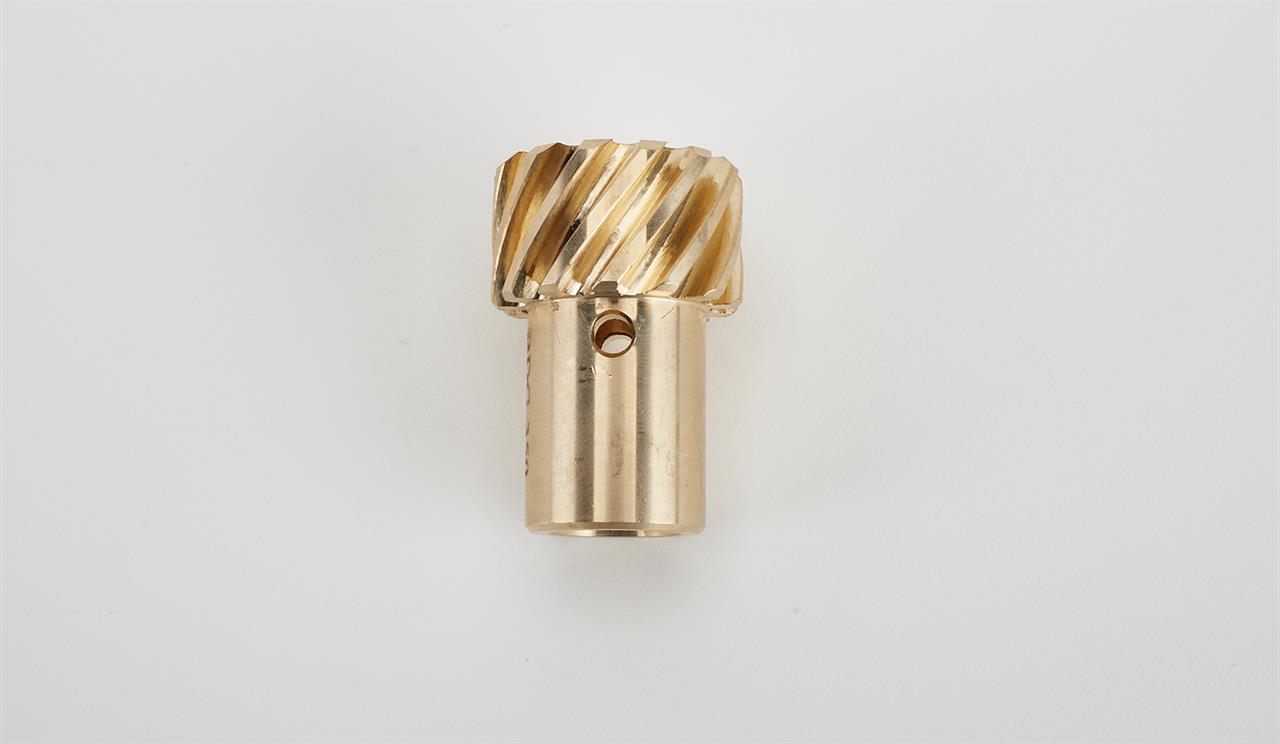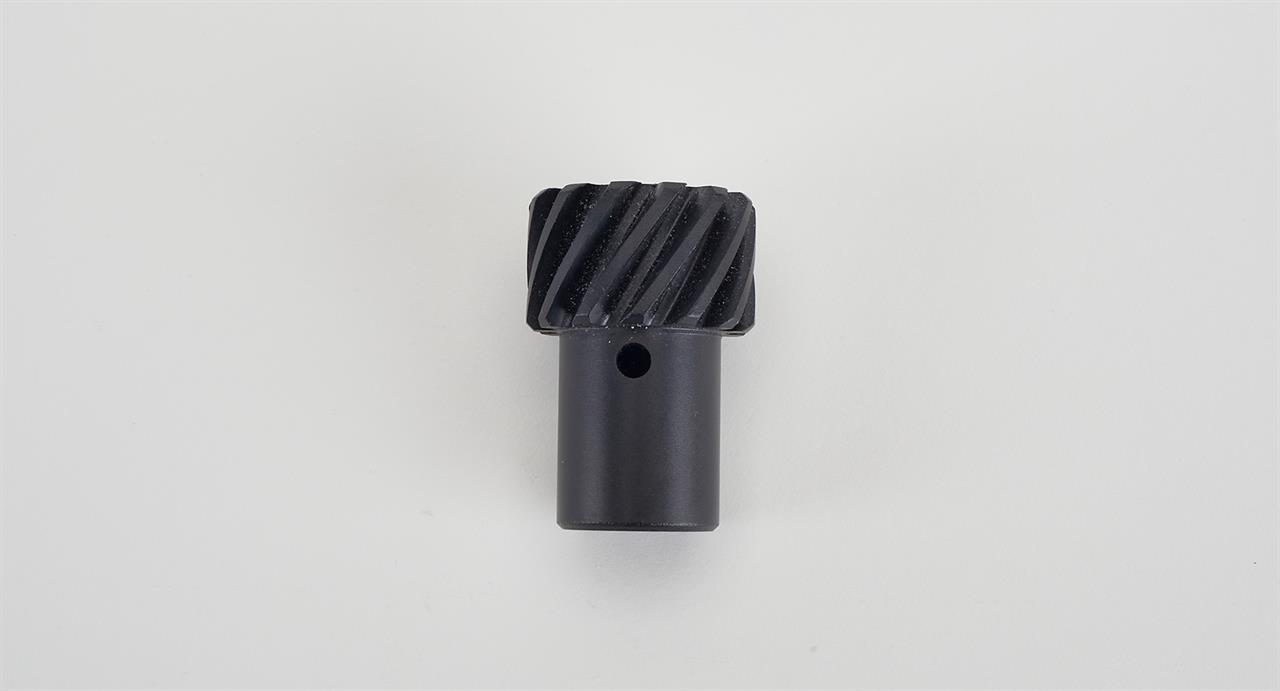Distributor Gears for Roller Cams | Iron, Bronze, Melonized, Composite
Distributor Gear
When selecting a distributor, be sure to choose one with the proper gear for your camshaft type. On most engines, the distributor gear meshes with a gear on the camshaft. This gear then spins the distributor, and there can be significant force on the teeth of both gears. To illustrate this, grab the gear on the end of a distributor and give it a spin, then imagine spinning it at 3000 rpm. Magnetos have even more resistance. As such, it's very important that the material of your distributor gear is compatible with the cam material.

Most distributors use a cast iron gear. These were designed to work with cast camshafts, which are most typically of the flat tappet design. Cast cams with flat tappet lifters were widely used for decades and are still common.
What is a Melonized Distributor Gear?
Then in the 1980's, factory roller camshafts became popular. These cams weren't compatible with cast iron distributor gears. Extended use caused the harder cam to destroy the distributor gear, often causing engine damage from metal in the oil. The best solution for these factory rollers is a melonized gear. Melonized steel distributor gears are nitrided for wear resistance. They also work with many OE cams, including factory ductile iron roller cams.
How to Tell if a Distributor Gear is Melonized
While it's easy to tell a bronze gear from an iron gear, melonized gears are not quite as obvious. So how to tell without specialized tools? Luckily, there is one obvious visual cue that gives a melonized gear away. Look closely and you'll see that melonized gears have a speckled appearance. This speckling not visible on a regular iron gear.

What Distributor Gear for Roller Cam
Modern high performance roller camshafts are often made out of billet steel. For billet rollers, a bronze distributor gear is generally the best choice. Bronze distributor gears are commonly used on these cams. But because of their softness, they are more likely to wear over time and should be inspected and replaced when necessary.

A relatively new development in distributor gears is the composite gear. These are made of a plastic composite and are the softest of all the available options. As such, they will work with any cam type.

How to Change Distributor Gear
What if the gear on the distributor that you want to run is not compatible with the cam in your engine? Fortunately, cam gears are replaceable. Since distributor gears are generally not attached to the distributor shaft by obvious means like set screws or machine screws, folks often find themselves scratching their heads as they try to figure out how to remove a distributor gear. In most cases, the gear is held to the shaft by a roll pin that can be carefully pounded out with a hammer and punch. Take care not to damage the gear or the distributor.
The replacement gear can then be installed to the shaft. Many gears will have a dimple that coincides with the rotor direction. Remember that roll pin is the thing that's keeping the gear on the distributor, so only reuse it if the fit is still very snug. Replace the roll pin if anything is in doubt.
How to tell what Distributor Gear I Have
The most commonly available distributor gear types are easily identified by a visual inspection with the distributor removed from the engine.
- Iron gears will be dark gray, almost black, with no "speckling" on the surface.
- Melonized gears are dark gray with a speckled appearance on the surface.
- Bronze gears are just that, bright bronze/gold in color.
- Composite gears are usually black and can look a bit like an iron gear, but are obviously made of composite plastic upon close inspection.

When in doubt, always follow the camshaft manufacturer's directions when it comes to selecting the best distributor gear to run in your engine.



